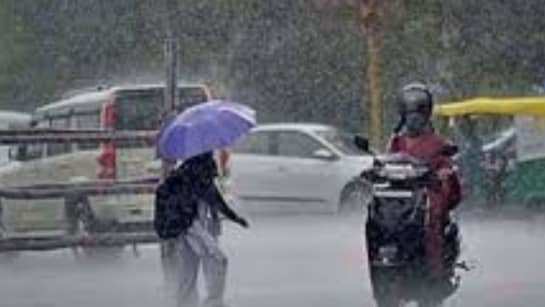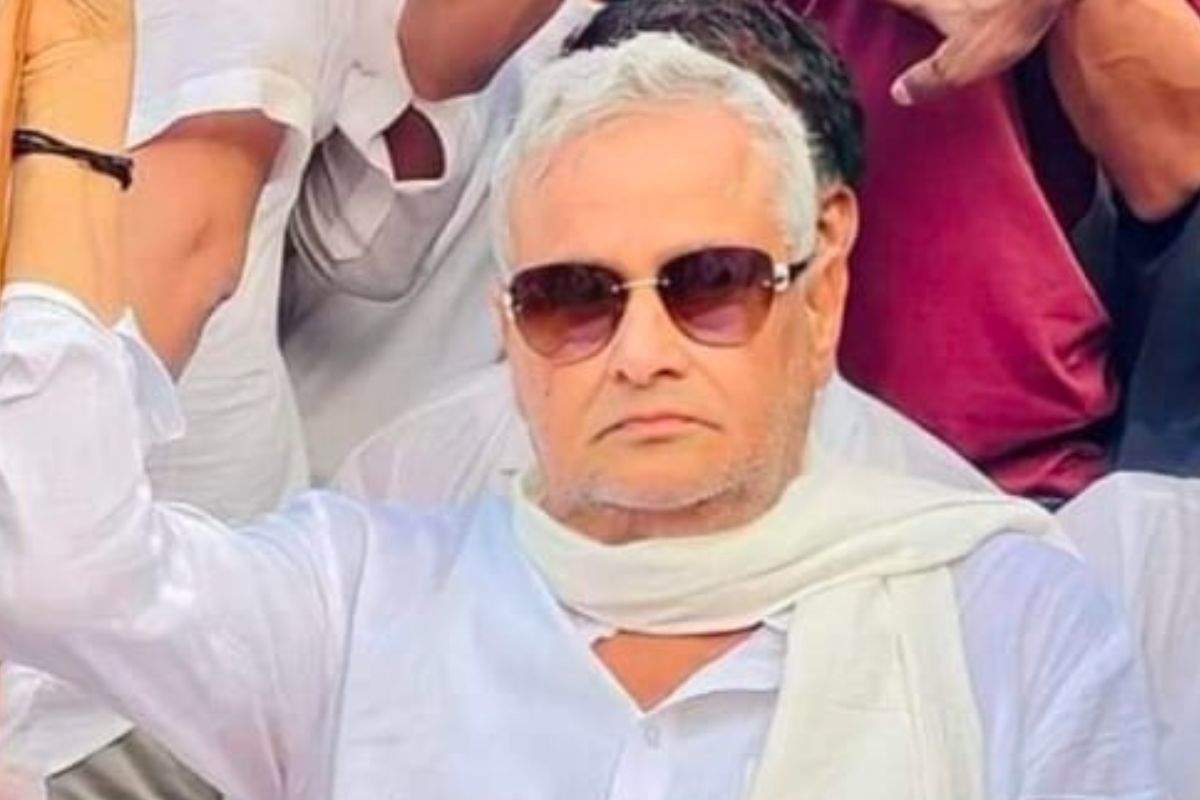Rajasthan News Desk !!! Bhangarh Fort! Let me tell you a story about it – a fairy-tale with a twist. It is the story of a beautiful princess. She lived in a magnificent fort on a hill in Rajasthan. A poor magician nearby fell in love with her.
Then comes the twist in the fairy tale – the princess doesn’t love him… Read on to see what possibly happened and how you can still visit this fort… Under certain conditions… The Indian government prohibits visitors from entering the fort after sunset and before sunrise. The reason? Ghosts roam the fort at night. And no one who has visited the fort at night has come out alive! Yes, this place still exists! This is Bhangarh, a village in the Alwar district of Rajasthan in northwestern India. It is right next to the famous Sariska Tiger Reserve. The local name of this place is Bhootiyagarh or the land of ghosts. Bhangarh is home to less than 2000 people who live in the villages surrounding the fort.
Bhangarh is a prehistoric settlement with some very old temples and havelis (traditional houses). The most famous sight here is the Bhangarh Fort. In the 16th century, the Kachwaha Rajput king of Amer Jaipur, Raja Bhagwant Das founded the city. He intended it to be the home of his second son Madho Singh. His elder brother, Man Singh I, was a general in the army of the Mughal emperor Akbar and one of Akbar’s famous Navratnas. After Madho Singh’s death, his son Chhatra Singh ruled the city. Chhatra Singh died in 1630 and after that, Bhangarh began to decline. Chhatra Singh’s son Ajab Singh built a fort called Ajabgarh nearby – he attacked Bhangarh after Chhatra Singh’s death and killed his half-sister Ratnavati and her army.
Then Aurangzeb died and the Mughals weakened in the Mughal Empire. In 1720, Raja Jai Singh II, a neighbouring king and son of Raja Man Singh, annexed Bhangarh to his territory. And then came the last nail in the coffin – the famine of 1783. Since then the town has been deserted until recent times. Guru Balu Nath was a sadhu who lived in a cave nearby and spent his time in isolation and meditation. Even now, there is a small stone hut called Tantrik ki Chhatri nearby. When Raja Madho Singh wanted to expand his fort, the sadhu took a promise from the king that he would not face any trouble. We Indians are still quite prone to exaggeration and drama. Think how we would have been then
Young Madho promised old Balu that even the shadow of this new fort would not fall on his cave. Of course, the sun had other ideas – in winter, the shadows grew long and touched the cave. The angry sadhu Balu Nath cursed the town and its people that they would never be able to put a roof on their house. It is said that even now whenever a house is built here, the roof falls down… I like the second story which talks about a tragic, unrequited love story.
Ratnavati, the beautiful princess of Bhangarh, was the daughter of King Chhatra Singh. A tantrik (expert in black magic) named Singhia lived nearby. He was in love with the princess. Unfortunately, it was unrequited. Once while buying perfume in the market, he met Ratnavati’s maid. She performed black magic on the perfume. As soon as the princess used the perfume, she became attracted to him. Ratnavati came to know about this and threw the bottle out of the window. The bottle broke on a rock, attracting the tantrik and rolling over him and crushing him. Before his death, he cursed Chhatra Singh, his family and the local people.
The following year, the fort was attacked by the Mughals (or was it her half-brother Ajab Singh?) and Ratnavati was murdered along with others in the fort. Legend has it that the spirit of the tantrik roams the fort at night looking for Ratnavati… The fort is protected by the Aravalli Mountains on three sides. It has 5 gates of which one is the main gate. After the main gate, there are a few temples (Hanuman, Ganesha, etc.) with beautiful carvings still visible, the priest’s residence, a market place and the dancers’ house (Naachne ki Haveli). Next is the main fort area with the queen’s residence. Of course, they are all in ruins, but one can imagine what it must have been like once… Now, huge banyan trees have grown all around and across the ruins, making it spooky. The only structure in somewhat better condition is the Someshwar temple. Check out the beautiful stepwell here. The fort is completely in ruins – all three floors of it.
There is a strange feeling of danger as soon as you enter this place. But maybe it is because of the stories that are prevalent about the place. I have not seen it at night, but from what I have heard, it is quite scary. Especially some parts of the fort like the Rani’s residence area. Bhangarh Fort is considered a haunted fort. Stories of ghosts, real and imaginary, are abundant. There have been stories of paranormal activity of the intelligence
At night in the fort – sounds of laughter, music, dancing, murder, etc. come from the ruins. These stories are what make it such an attractive place to visit… There are also many stories involving people who went there at night and never returned, or died under mysterious circumstances, etc. In fact, even the government seems to agree with the ghost stories when it comes to rules.
The fort is under the ASI (Archaeological Survey of India), an institution of the Government of India. An ASI signboard at the gate of the fort specifies the law that entry into the fort will not be allowed before sunrise and after sunset. Even the villagers are not allowed to graze their animals after sunset! So you can visit the fort only between 6 am and 6 pm


